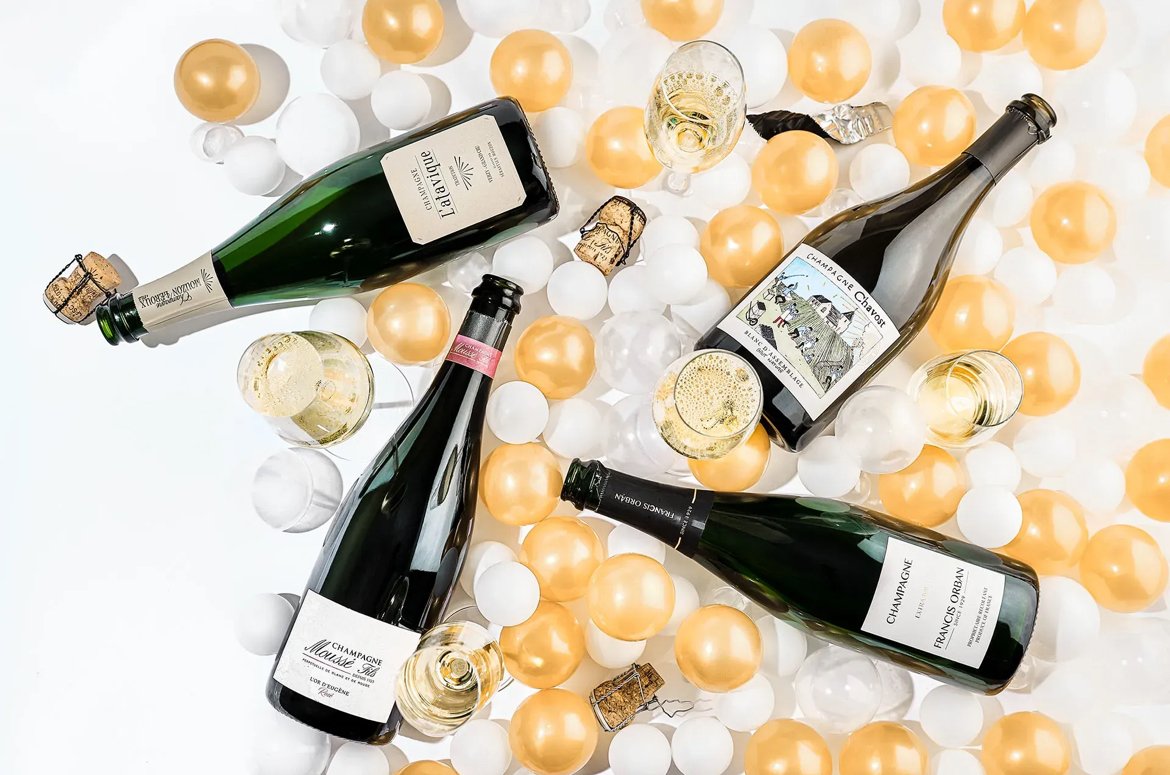Bursting Bubbles
How grower Champagne is changing the game
<<<BACK TO LIQUIDzine
In what could be described as wine’s very own ‘craft movement’, grower Champagne is on the rise. Diametrically opposed to the Champagnes from the big houses that blend wines from multiple growers to achieve a consistent taste, these wines from individual producers focus on terroir, often single vineyards, year-to-year variations and unique character. So, where does that leave the major players?
Once obscure, niche, and hard to track down, grower Champagnes have garnered a lot of attention of late. They’re the ‘in’ thing, the domain of the guy or gal who is into esoteric brands. They say ‘wow, you’re really into your wines, eh?’. They say ‘you’re an individual’. They say ‘I like to support the small guy’. And all that feels cool, really cool.
Also known as artisan Champagnes, they’re grown, made, and bottled by the same estate or grower. If you’re in on the secret, you’re part of the club. And what you’re buying into is a story. As wine buyers become more educated, and look for something new in a category that typically values tradition and consistency, grower Champagne ticks all the boxes.
Showcasing individuality
If big brands are about maintaining a signature flavour, these small brands are about people, variation, and individuality, showcasing specific villages, even individual plots of land. And for consumers, when trying something for the first time, not knowing exactly what it's going to taste like is part of the excitement. Beyond the bling of glossy marketing campaigns, and bottle girls in flash nightclubs holding up neon signs and bottles adorned with sparklers, they’re lowkey, lower in price, and much more accessible.
Poles apart then in terms of their appeal, where does the success of grower Champagne leave major brands? If their rise speaks to anything, it’s for the need for new and exciting flavour profiles, production stories that can be easily understood and tasted in the liquid, and a need by consumers to understand the identity of a brand on a more personal level.
A sense of discovery
Consumers of grower Champagnes geek out on paying attention to each brand’s methods, their terroir, the differences of the wine from region to region, and season to season. Yet, apart from vintages and single grape varietals, that’s not something big brands do. So maybe it should be. Maybe, it could be.
Major houses will always have their storied and lauded signature wines. They are leaders in their field for a reason. But the success of grower Champagnes offers a case study in shifting consumer demands, and speaks to a growing consumer desire to know more about wine production, from the roots up.
Social cachet
The way that major houses communicate their production, their sourcing, the growers they use, for example, is one way in which they could take the success of grower Champagne on board, telling more detailed stories in exactly how they achieve their finished profile, and the work involved in an individual year to do that. And in the face of shifting growing conditions as a result of climate change, that conversation has never been more timely.
But there’s also a need to satisfy a need for new taste profiles and liquids. Annual releases that capture a climate-change driven year-to-year difference could be a bold addition. Deconstructing their brand’s liquid DNA – the very thing that makes them, them – through limited runs that focus on key flavour characteristics could also be something to explore. A need to communicate their liquid story in a compelling way, is key.
The social cachet of grower Champagnes comes from a sense of discovery. The challenge then for major houses – often frequently steeped in centuries of tradition – is to give consumers something new to discover about them, without changing who they are, or what they stand for.


